Our mission is to provide comprehensive and compassionate care for patients suffering from temporomandibular disorders (TMD), sleep apnea, and related conditions.
We are dedicated to improving the quality of life for our patients through natural, non-invasive, and personalized treatment approaches. Our primary focus is on identifying the root causes of discomfort and pain and addressing them effectively to restore health and function naturally.

Our vision is to be a leader in the field of TMD and sleep apnea treatment, known for our unwavering commitment to patient well-being and our dedication to non-invasive, holistic approaches. We aspire to continuously innovate and refine our methods to provide the highest quality care, always guided by the latest scientific research and patient feedback. We envision a future where individuals with TMD and sleep apnea can find lasting relief and improved overall health through our specialized treatments.

Our core values revolve around patient-centric care, where we prioritize the well-being and comfort of our patients. We are dedicated to a holistic approach, focusing on the root causes of discomfort and pain while emphasizing natural, non-invasive methods. Each patient is unique, and we tailor our treatments to their individual needs. We're committed to ongoing learning and innovation, staying abreast of the latest research and embracing cutting-edge techniques. Compassion and empathy are central to our practice, as we approach each patient with understanding and care. Ethical integrity underpins all our interactions, and we actively engage with our community to raise awareness and provide resources. We collaborate seamlessly with other healthcare professionals to ensure comprehensive patient care. Ultimately, our success is measured by the improved quality of life our patients experience.

(650) 369-9227
office@drtmjsleepapnea.com
Hour: Mon, Tue & Wed (8am-5pm)
1785 San Carlos Ave, Unit 4, San Carlos, CA 94070